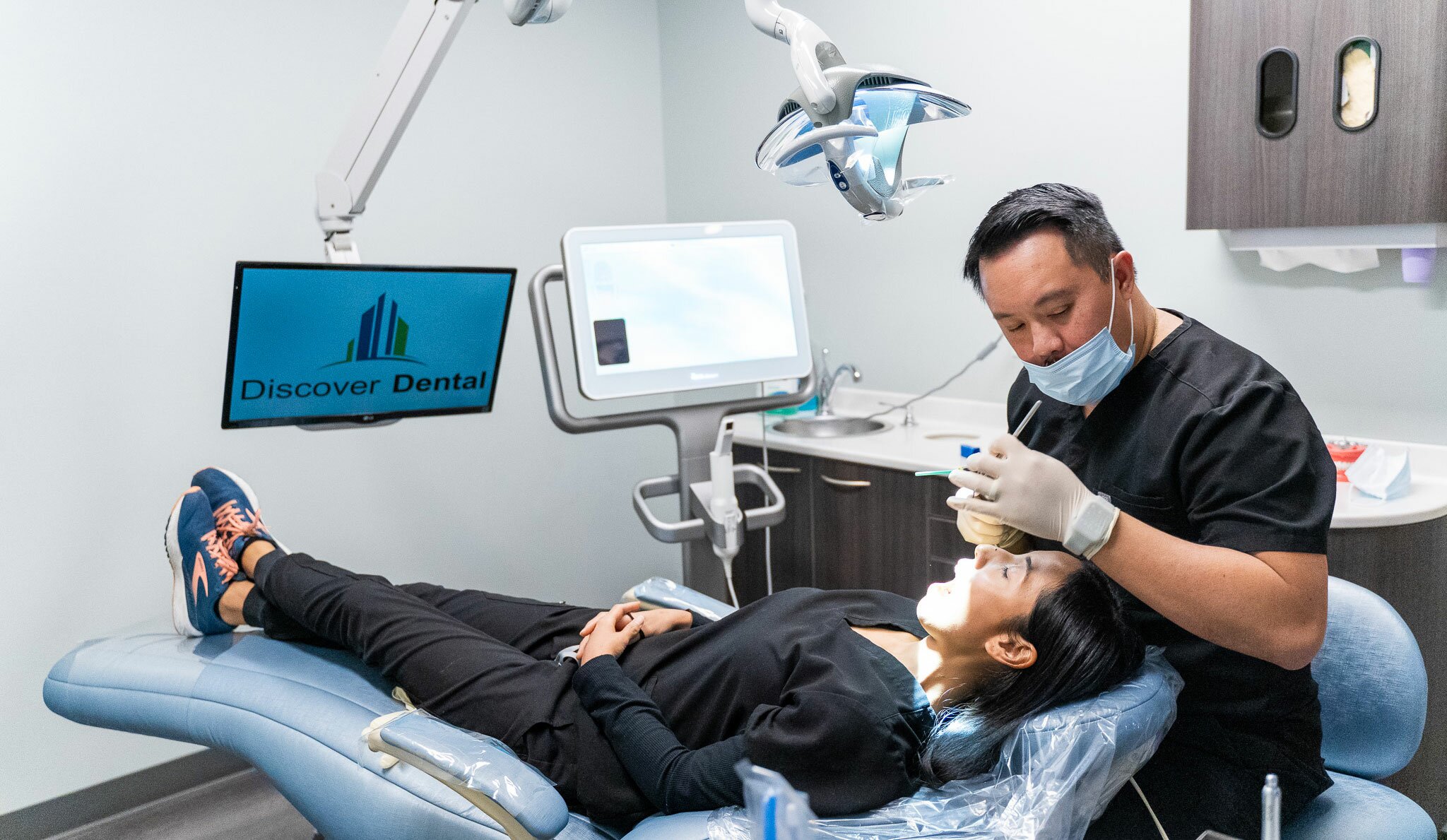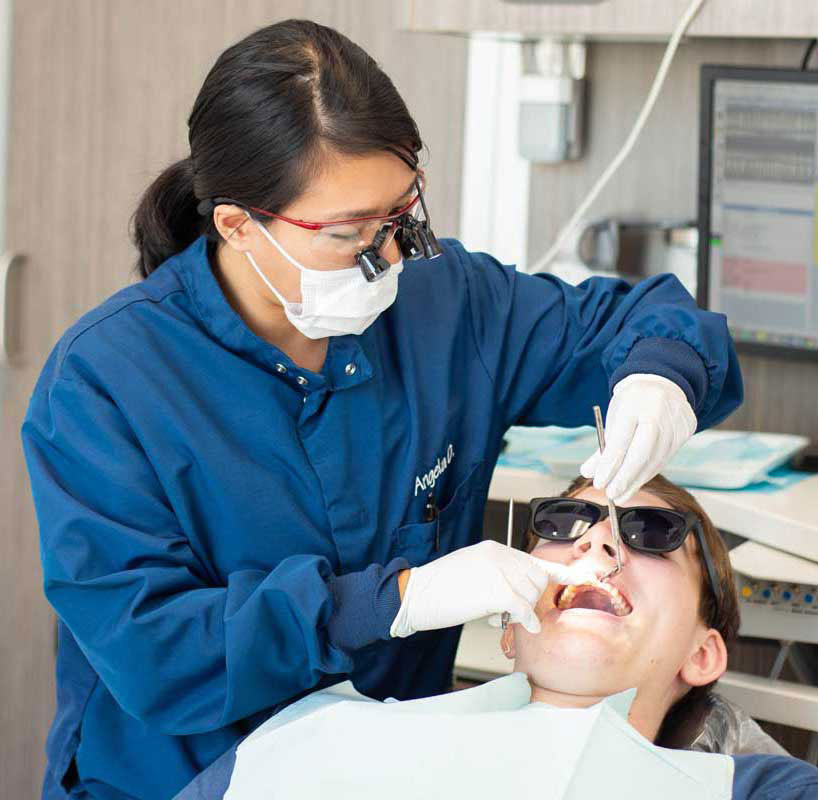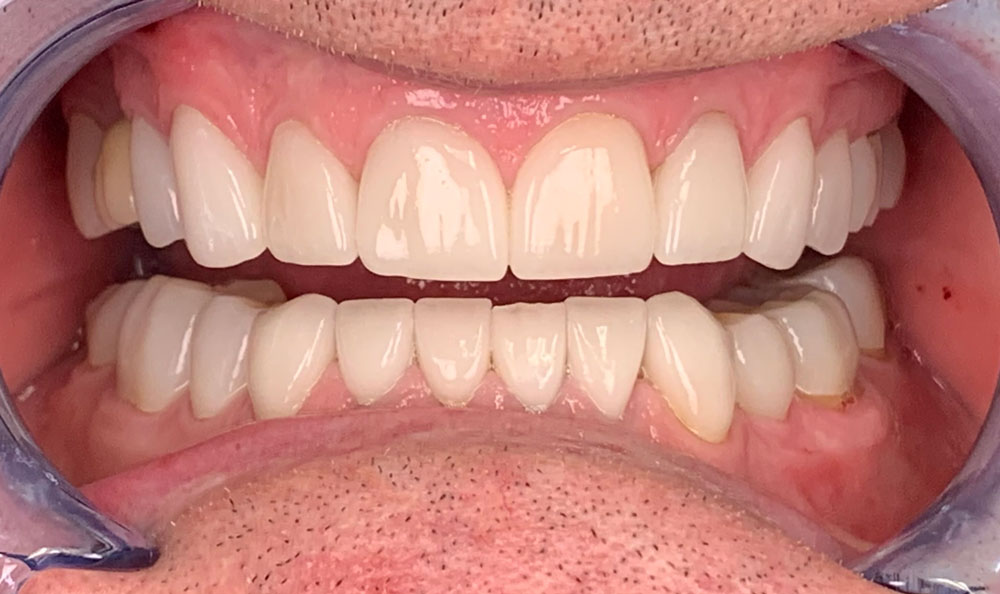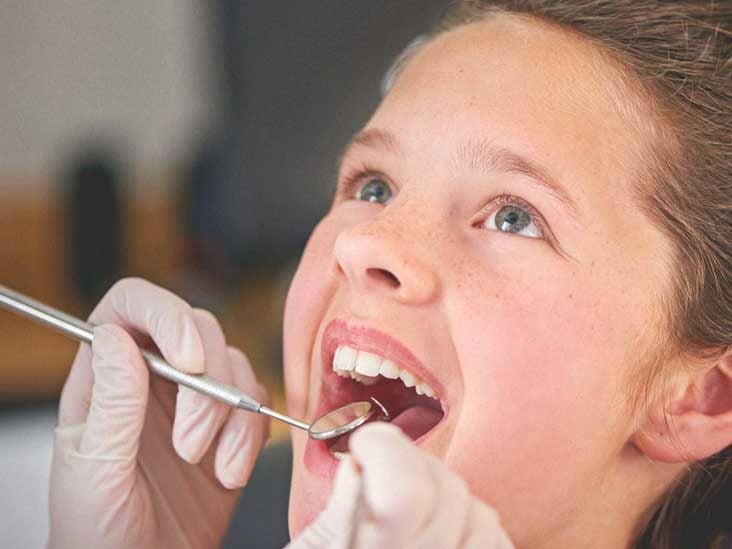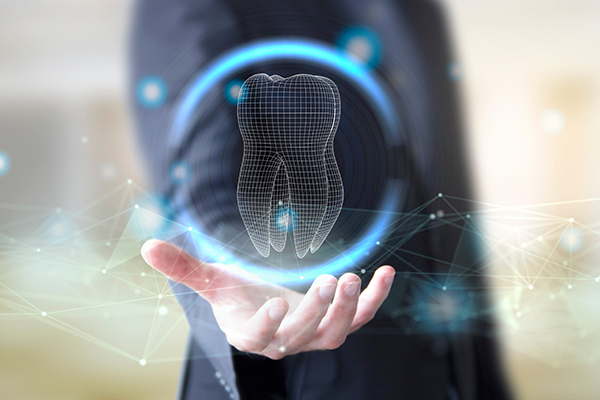Whole mouth reconstruction aims to enhance the function and aesthetics of all the teeth in your mouth. A full-mouth restoration can help you improve your smile and oral health if you suffer from various dental disorders, such as missing teeth, broken teeth, or issues with your bite.
Treatment Options For Full Mouth Restoration
Implant Dentistry
Dental implants are put in your jawbone to support new teeth; they resemble artificial roots. They are utilized if you are lacking teeth and need a strong, attractive replacement. A dental crown is then placed on top of the implant once the implant has fused with the jawbone during the dental implant procedure. Dental implants can restore your ability to eat comfortably and communicate by replacing one or more lost teeth.

Dental Bridges And Crowns
Dental crowns are coverings that go over and safeguard weak or broken teeth. Dental crowns can strengthen and enhance the look of teeth that have significant cavities, fissures, or chipping. On the other side, dental bridges are utilized to restore lost teeth. They comprise one or more prosthetic teeth (pontics) affixed to the crowns of nearby sound teeth. By bridging the gaps left by lost teeth, dental bridges can smile makeover and improve your ability to chew.
Dentures
Dentures are removably attached devices that replace lost teeth and adjacent tissues. Dentures might be a good alternative if you need to replace all your teeth or have several missing teeth. Dentures come in two varieties: partial dentures, which fill in gaps left by a few lost teeth, and complete dentures, which cover the entire upper or lower jaw. Dentures can help you talk and eat more clearly, support the structure of your face, and give you a more natural appearance.
Veneers
Dental veneers are little, tooth-colored shells that are glued to the front of your teeth. They can fix teeth that are misshapen, crooked, chipped, or discolored. Veneers can improve the look of your smile by giving it a more symmetrical and consistent appearance. They are a cost-effective and durable way to make your teeth seem better.
Treatment For Orthodontics
Crooked teeth are straightened, and bite problems are resolved via orthodontic therapy, such as braces or clear aligners. Orthodontic treatment helps restore the alignment of crowded or misplaced teeth, giving you a more even and attractive smile. Additionally, orthodontic therapy can enhance oral health by making tooth cleaning simpler and avoiding dental issues.
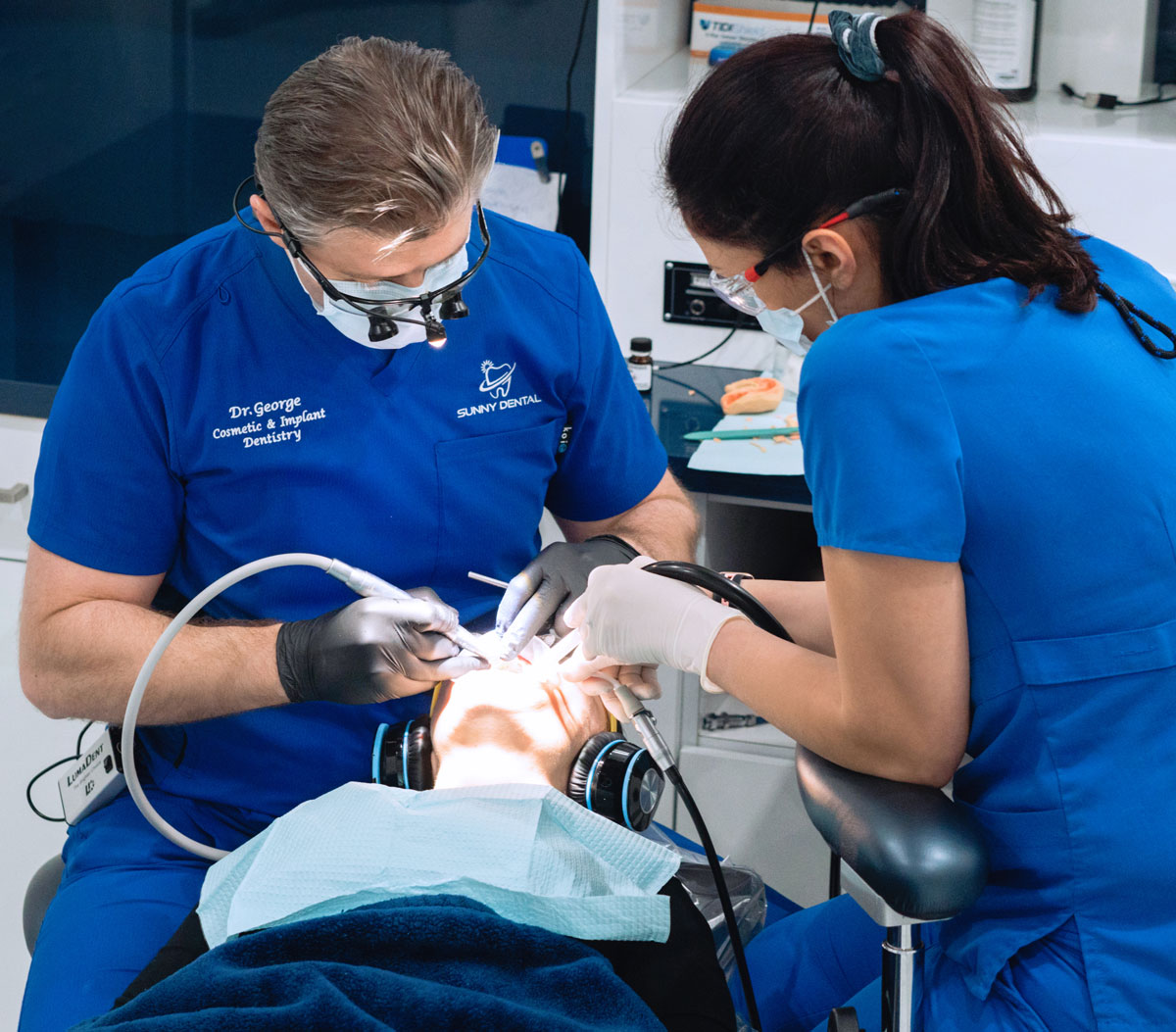
Treatment For Gum Disease
It is crucial to address gum disease if you have it before moving on with a full mouth reconstruction. Gum disease can cause tooth loss and have an impact on how well other dental procedures work. To restore the health of your gums, the dentists near me in Florida will advise the best gum disease therapy, which may involve extensive cleaning (scaling and root planing) or gum surgery.
In Conclusion
Restoring your smile and oral health while addressing a variety of dental concerns is possible with full mouth reconstruction. Dental implants, crowns and bridges, dentures, veneers, orthodontic therapy, and gum disease treatment are a few examples of the various treatment choices that can be combined to build a bespoke treatment plan for you. Working together with your dentist at the best dental offices near me in Florida will help you attain a beautiful, functional, and healthy smile that will enhance your life and give you more self-confidence. To preserve the durability and effectiveness of your full mouth reconstruction, keep up with frequent dental checkups and good oral hygiene habits.

